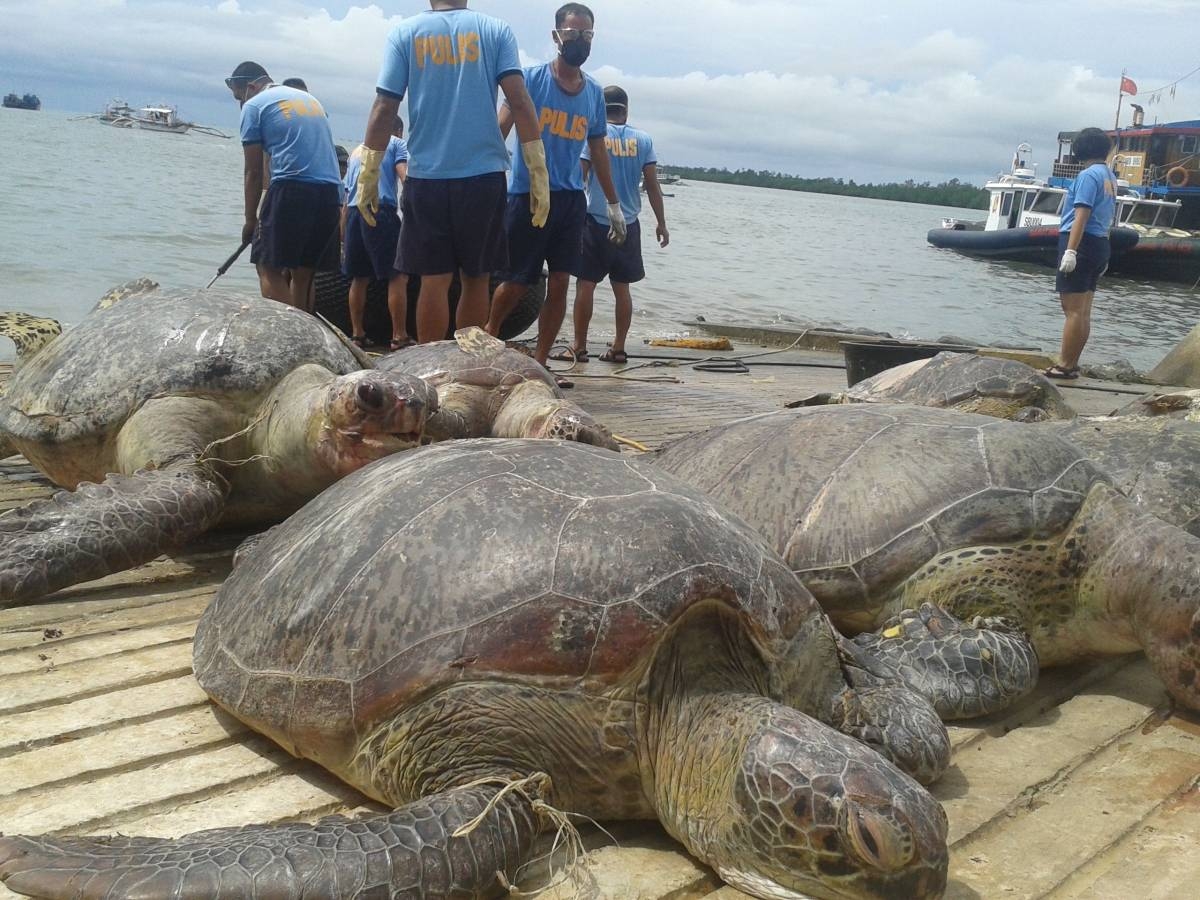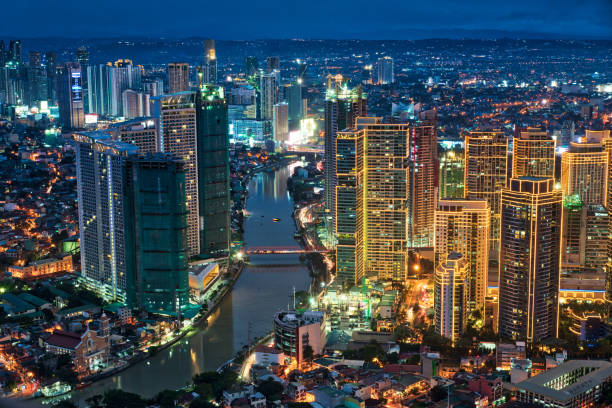The biodiversity of the South China Sea has reached critical levels due to the construction of artificial islands and the establishment of outposts by rival claimant nations. This alarming finding was revealed by the Asia Maritime Transparency Initiative of the Center for Strategic and International Studies (CSIS) after years of extensive research. The study has recently been updated to include the severe destruction of the marine environment and coral reef in the Rozul (Iroquois) Reef, discovered by Philippine authorities last year.
The South China Sea is home to a significant number of reef-forming coral species, with 571 out of the world’s 1,683 species found in this region. Additionally, it houses eight out of the ten global species of giant clam. However, the CSIS study found that several species of giant clams are now vulnerable, primarily due to destructive poaching methods.
The massive harvesting of giant clams has caused extensive damage to vast areas of coral reefs. These clams are sought after for their shells, which are sold as decorative ornaments, tableware, and floor-tiling materials. Poachers employ destructive techniques such as dragging boat propellers to break up coral growths and extract the embedded giant clams. Another method involves using high-pressure water pumps to suck sediment from the seabed, resulting in the destruction of the seabed and the dispersion of abrasive sediment to nearby areas.
Between 2012 and 2015, there was a surge in giant clam harvesting, primarily carried out by fishermen from the port of Tanmen on China’s Hainan Island. However, it is not only China that engages in this destructive practice. The Philippines, Indonesia, Thailand, and Vietnam are also known to harvest giant clams, with the Philippines being considered the epicenter of the illegal global trade in these clams.
In September 2023, Philippine authorities confirmed severe damage to the marine environment and coral reef in the Rozul Reef, located in the West Philippine Sea. Although this area falls within the Philippines’ exclusive economic zone (EEZ), it is still part of the South China Sea. The discovery was made after Chinese Maritime Militia (CMM) vessels, which had been monitored “swarming” in the area, had departed. Manila suspects that the CMM vessels were involved in harvesting corals and intends to pursue environmental cases against China for its destructive activities in the West Philippine Sea.
The CSIS report highlights that China has caused the most significant destruction to the marine environment among the claimants, inflicting 75 percent of the damage, equivalent to 8,572 hectares of coral reef, through its extensive island expansion program. China’s dredging activities between 2013 and 2017 to build artificial islands removed essential reef substructures, disturbed the seafloor, and created clouds of abrasive sediment, leading to the death of nearby marine life. Moreover, this process has caused irreparable damage to coral reefs, impairing their ability to repair themselves.
Among the artificial islands built by China, Panganiban (Mischief), Zamora (Subi), and Kagitingan (Fiery Cross) have caused significant damage to coral reefs, with a combined total of 1,500 hectares affected. These three features are also claimed by the Philippines. Additionally, Chinese fishers engaging in giant clam harvesting have damaged an additional 6,618 hectares of coral reef.
While China has caused considerable damage, it is important to note that Vietnam has also contributed to coral reef destruction in the South China Sea. The competing claims over hundreds of uninhabited islets, reefs, atolls, and seamounts have led to a detrimental impact on the marine environment.
The decline of biodiversity in the South China Sea is a pressing issue that requires immediate attention. The destruction caused by the building of artificial islands and the rampant harvesting of giant clams has had a devastating effect on coral reefs and marine life. Efforts must be made by all claimant nations to protect and preserve this valuable ecosystem. International cooperation, along with strict enforcement of laws and regulations, is crucial in ensuring the sustainable future of the South China Sea’s biodiversity.







